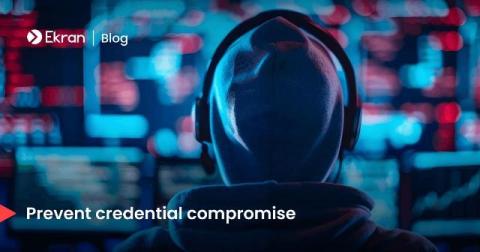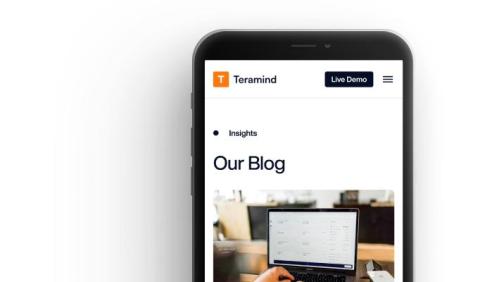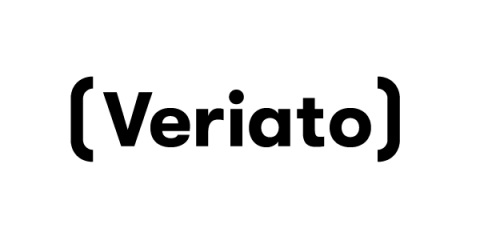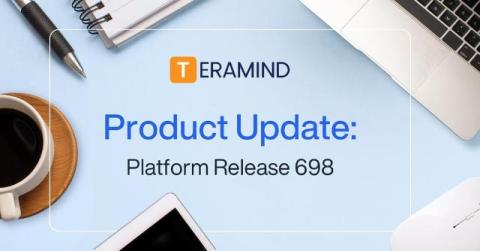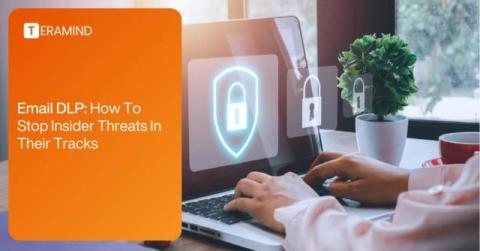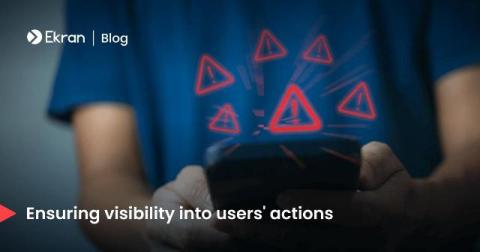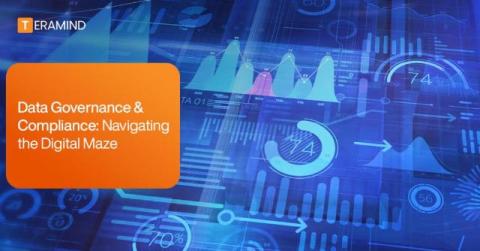The Meaning of "Brute Force Attack" and How to Detect and Prevent Them
Ever since systems started restricting access through passwords, the trial and error method has been used to crack them. But even today, brute force attacks remain a serious danger for organizations. According to the 2024 Data Breach Investigations Report by Verizon, the brute force technique accounts for 21% of all basic web application attacks.


